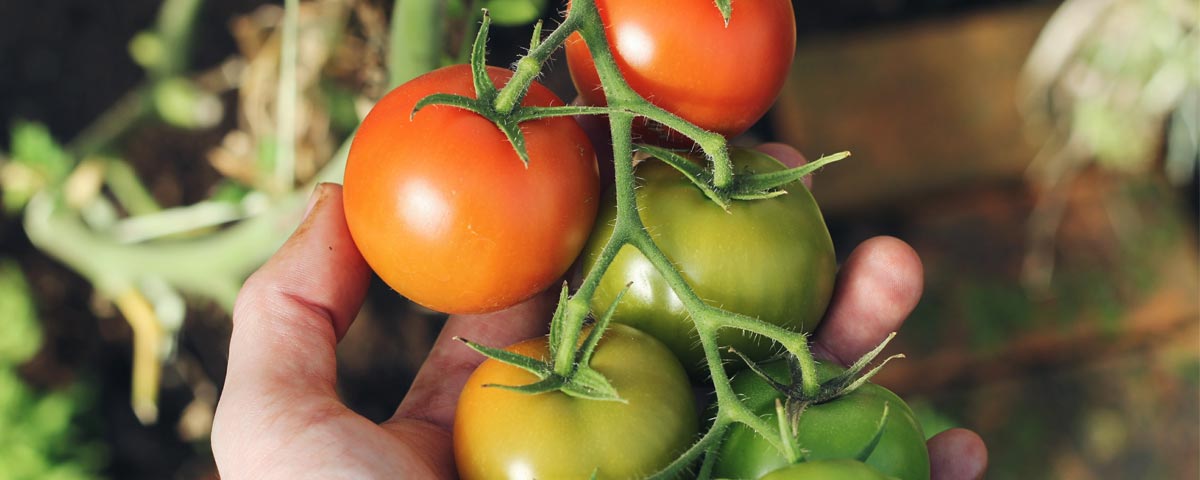GMOs and New Breeding Techniques: a new opportunity worth investigating

Those who work in the agricultural sector have always tried to obtain better quality products to grow, long before technology gave us the ability to create GMOs. Methods for the selection of more profitable crops such as cross breeding and hybridisations are now part of our tradition. These are just some of the processes we can use to alter the quality of agricultural products so as to improve and enhance such aspects as quality and productivity.
However, techniques have undoubtedly changed compared to the past. Scientific progress offers much broader choice today. The methods for genetic improvement currently available in agriculture can be grouped into three categories:
- Conventional techniques
- GMOs
- New Breeding Techniques
- Traditional techniques are well established among farmers and seed producers, who use cross breeding, hybridisation, polyploidy and mutagenesis with chemical and physical agents to improve plant genes. In these cases, genetic improvement is achieved by selecting plants and seeds that have the desired characteristics, such as resistance to certain pests, a taste or appearance that better appeals to customers or increased productivity.
- GMOs (Genetically Modified Organisms) are obtained by genetic manipulation of DNA and RNA. As a matter of fact, current technologies make it possible to insert genes from another organism in a receiving plant to improve certain characteristics. This is how you obtain a GMO.
- New Breeding Techniques are methods to increase and accelerate the development of new plant varieties by modifying specific parts of their genes. The technology used is genome editing, and the aim is to produce new specimens with the desired characteristics faster than with traditional cross breeding and selection techniques.
What is the difference between GMOs and New Breeding Techniques?
The key difference to transgenic GMOs lies in the fact that plants obtained with New Breeding Techniques do not contain DNA from other organisms. These techniques use only the genes of the plants to be modified.
The introduction of the New Breeding Techniques gave rise to widespread debate, especially as far as regulations are concerned. After a long debate, the European Union has established that this new technique falls under the scope of GMO legislation. A number of stakeholders have called for a review of regulations to reflect their differences from GMOs (click here for more details on the debate).
What are the benefits of GMOs and New Breeding Techniques?
GMOs and New Breeding Techniques offer the classic advantages that, now like in the past, lead to selecting certain varieties over others:
- higher productivity and faster growth times
- resistance to pests, pathogens and parasites
- greater resistance to extreme weather conditions
- improved nutritional characteristics
- products are more palatable to customers
Concerns about GMOs
On the other hand, many citizens are suspicious of GMOs and New Breeding Techniques, and some associations, especially those more committed to environmental and health issues, are bringing those concerns to the table.
For example, let us look at this article published by Slow Food, which hails the 2018 decision of the European Court of Justice ruling that New Breeding Techniques are covered by GMO regulations, in accordance with the precautionary principle, which mandates in-depth analysis to protect human health and the environment from risks.
Other concerns include a threat to biodiversity, as all of these techniques promote certain types of seed over others – although it should be noted that this has been happening for a long time with traditional seed selection. The most critical voices stress the risks associated with the concentration of GMO patents in the hands of a few multinationals.
The new techniques aimed at obtaining more resistant and productive crops present a very diverse scenario, posing a number of challenges that will impact the way agriculture is practised. At McCormick we are always ready to help you with any challenges you may face, with tractors that offer you all the technology and power you need.
